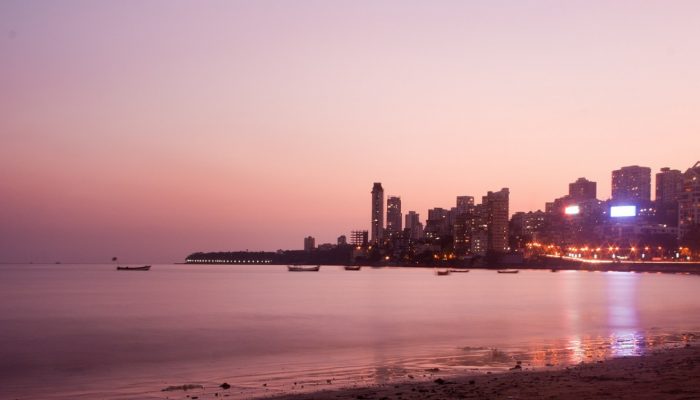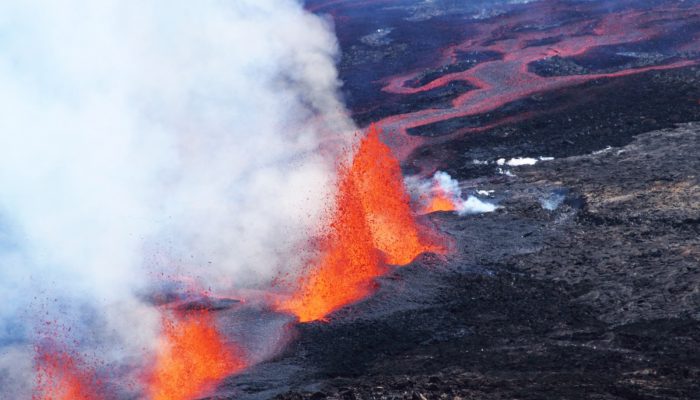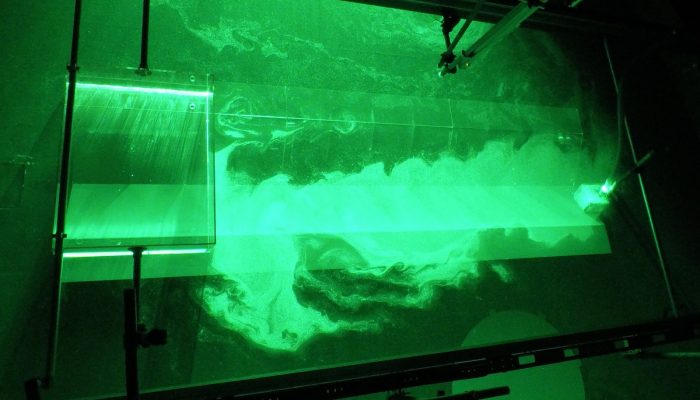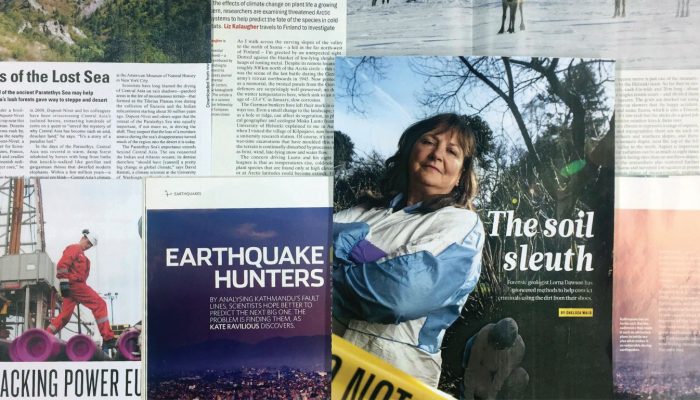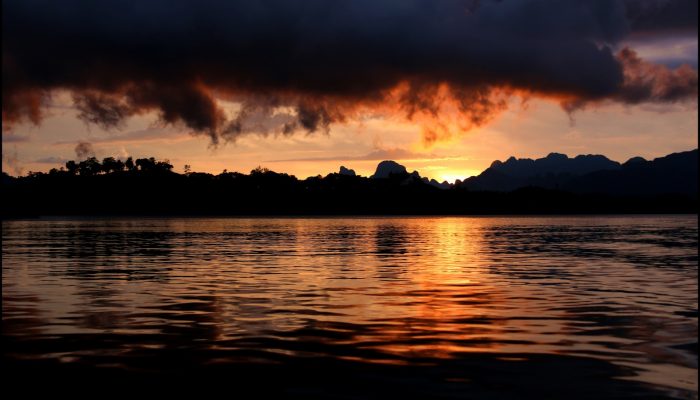Each month, Jesse Zondervan picks his favourite posts from geoscience and development blogs/news, relevant to the work and interests of Geology for Global Development . Here’s a round-up of Jesse’s selections for the past two weeks: If you thought we were safe from Tsunamis in Europe, think again. I was surprised to find out Geneva experienced a Tsunami in 563 triggered by a mudslide. On a simila ...[Read More]
GeoLog
GeoTalk: Hellishly hot period contributed to one of the most catastrophic mass extinctions of Earth’s history
Geotalk is a regular feature highlighting early career researchers and their work. Following the EGU General Assembly, we spoke to Yadong Sun, the winner of a 2017 Arne Richter Award for Outstanding Early Career Scientists, about his work on understanding mass-extinctions. Using a unique combination of sedimentological, palaeontological and geochemical techniques Yadong was able to identify some o ...[Read More]
Cryospheric Sciences
Image of the Week — Think ‘tank’: oceanography in a rotating pool
To study how the ocean behaves in the glacial fjords of Antarctica and Greenland, we normally have to go there on big icebreaker campaigns. Or we rely on modelling results, especially so to determine what happens when the wind or ocean properties change. But there is also a third option that we tend to forget about: we can recreate the ocean in a lab. This is exactly what our Bergen-Gothenburg tea ...[Read More]
GeoLog
Geoscience communication: A smart investment
In this post, originally published in June 2017 on the blog of the Geological Society of America (GSA), Terri Cook, a science and travel writer and former winner of the EGU’s Science Journalism Fellowship, argues the importance of quality science communication as a means for scientists to make their research accessible to a broad audience. One way to achieve this is working with a science jo ...[Read More]
Climate: Past, Present & Future
Decomposing algae have not said their last word yet!
Name of proxy Phytane, a compound resulting from the degradation of Chlorophyll-a (Chl a), a green pigment in plants and algae that is involved in photosynthesis Type of record Atmospheric carbon dioxide concentrations Paleoenvironment Marine sediments and oils Period of time investigated Phanerozoic (last 540 million years) How it works Before we can start predicting the potential impact of human ...[Read More]
GeoLog
Imaggeo on Mondays: One of the oldest evergreen rainforests in the world
A blazing sky and shimmers cast by water ripples frame the spectacular beauty of one of the world’s oldest treasures: an evergreen rainforest in Thailand. Today’s featured image was captured by Frederik Tack, of the Institute for Space Aeronomy in Brussels. This picture was taken during sunset between the limestone mountains with the sunlight reflecting on beautiful Ratchaprapha lake i ...[Read More]
Earth and Space Science Informatics
Strengthening Early Career Scientists (ECS) in EGU ESSI
The number of presentations from ECS in the ESSI sessions has been low during recent EGU General Assemblies. We are hence currently trying to get greater involvement and recognition for the ECS in the ESSI Division. How to get involved as ECS in the ESSI division? Join the ESSI ECS mailing list We have a dedicated ESSI ECS mailing list that can be used for discussion between the ESSI ECSs. It is a ...[Read More]
GeoLog
Join us at EGU 2018: Call-for-abstracts is now open!
From now, up until 10 January 2018, you can submit your abstract for the upcoming EGU General Assembly (EGU 2018). In addition to established scientists, PhD students and other early career researchers are welcome to submit abstracts to present their research at the conference. Further, the EGU encourages undergraduate and master students to submit abstracts on their dissertations or final-year pr ...[Read More]
WaterUnderground
Groundwater organic matter: carbon source or sink?
Post by Andy Baker, Professor researching groundwater, caves, past climate, organic carbon and more at the University of New South Wales, in Australia. __________________________________________________ We know a lot about the carbon cycle, right? Increased carbon dioxide emissions since the Industrial Revolution have perturbed the carbon cycle. This has led to rising atmospheric carbon dioxide le ...[Read More]
GeoLog
We are hiring: be our next Communications Officer!
Do you have an interest in the Earth, space and planetary sciences and love blogging and using social media channels to communicate that passion? Then our latest job opening might be just right for you! We are looking for a Communications Officer to work with the EGU Media and Communications Manager in maintaining and further developing media- and science-related communications between the EGU and ...[Read More]

